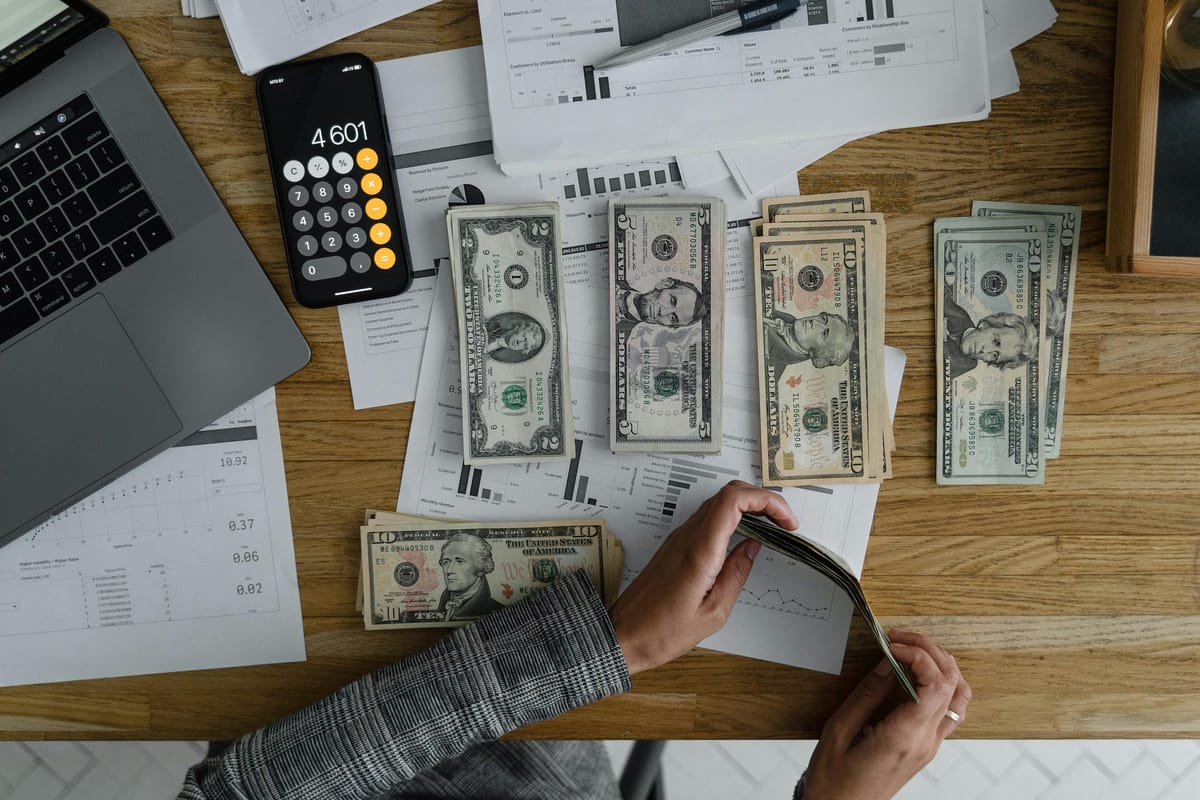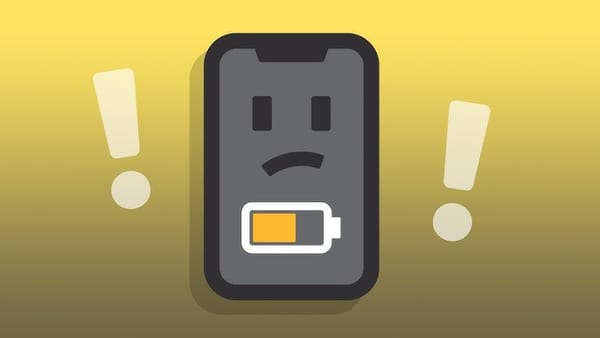A Beginner’s Guide to Financial Peace: The Dollar-a-Day Method
Managing your finances can often feel overwhelming, especially when you’re juggling bills, unexpected expenses, and the urge to enjoy life…

Managing your finances can often feel overwhelming, especially when you’re juggling bills, unexpected expenses, and the urge to enjoy life in the moment. But what if there was a simple method to bring structure, peace of mind, and even a bit of financial freedom into your life? Enter the Dollar-a-Day Method — a straightforward approach that helps you break down costs, understand your spending habits, and gain control over your budget, one dollar at a time.
What is the Dollar-a-Day Method?
The Dollar-a-Day Method is built on a simple premise: every expense you consider can be framed in terms of how many days it will take you to afford it if you save one dollar each day. It’s not just about counting coins — it’s a mindset shift that encourages delayed gratification, thoughtful spending, and financial planning in a way that feels manageable. Over time, this method cultivates the kind of financial discipline that leads to long-term stability.
Why the Dollar-a-Day Method Works
This strategy works because it simplifies your financial decision-making process. It’s easy to get lost in large numbers, but breaking down an expense into something as small as a dollar a day can make big purchases less intimidating. For example, that new gadget you want? Instead of thinking of it as a $300 expense, you can see it as something that requires 300 days of saving. This not only helps you evaluate the true worth of the purchase but also encourages you to plan ahead.
Step-by-Step: Implementing the Dollar-a-Day Method
1. Track Your Spending
Before you can start using the Dollar-a-Day method effectively, you need to understand where your money is going. Keep track of every single expense for at least a week. With apps, spreadsheets, or even pen and paper work, the goal is to become aware of your spending patterns.
2. Categorize Your Expenses
Break your spending into categories: essentials (rent, groceries), non-essentials (dining out, entertainment), and long-term goals (vacation, big purchases). This helps you see which areas you can apply the Dollar-a-Day strategy to.
3. Assign Dollar Values to Goals
Let’s say you’ve got your eye on a new laptop that costs $1,200. Using the Dollar-a-Day method, you know it will take 1,200 days of saving $1 a day to afford it. The key here is flexibility. If 1,200 days sounds too long, you could aim to save $5 a day, cutting that time down to 240 days. Adjust the saving rate based on the urgency of the goal.
4. Set Up a Daily Savings Habit
Whether you physically put $1 in a jar or transfer it digitally to a savings account, the important thing is to start small but stay consistent. You’ll be surprised how quickly those dollars add up over time.
5. Reframe Impulse Purchases
Next time you’re tempted by an impulse buy, calculate how long it would take to afford that item using the Dollar-a-Day method. This gives you a fresh perspective on whether the purchase is truly worth it.

The Psychological Impact of Dollar-a-Day
The beauty of this method isn’t just in the numbers — it’s in the mindset. By shifting your focus from “I can’t afford this” to “How can I afford this?”, you regain control over your financial situation. The method teaches patience, prioritization, and the long-term benefits of small actions. As you build this habit, you’ll notice that even large expenses no longer cause the same level of stress. It’s not about depriving yourself — it’s about creating a framework that lets you enjoy what you truly value.
Dollar-a-Day in Action: Real-World Applications
• Vacations: A trip costing $2,000 might feel overwhelming, but by saving $5 a day, you can make that a reality in just over a year. Suddenly, the vacation doesn’t feel so far away.
• Emergency Fund: Saving for an emergency fund becomes approachable when you break it into daily contributions. Putting away $2 a day adds up to $730 a year — a nice buffer for unexpected expenses.
• Lifestyle Choices: For smaller, everyday indulgences like that coffee habit, try calculating how long it takes to afford it. If you want to indulge every week, your daily savings goal should reflect that. It adds an extra layer of awareness and encourages intentional spending.
Building Financial Freedom, One Dollar at a Time
The Dollar-a-Day method isn’t just a savings strategy — it’s a lifestyle change. It brings intention to your spending, allows you to prioritize long-term goals, and reduces financial stress by breaking down big expenses into small, actionable steps. Over time, it builds financial discipline, helping you move from living paycheck to paycheck to achieving financial freedom.
Final Thoughts: Small Steps Lead to Big Gains
Whether you’re starting your financial journey or looking for a way to simplify your current strategy, the Dollar-a-Day method is accessible to anyone. Start today by assigning value to your goals, setting aside a dollar (or more) each day, and watching as your peace of mind grows alongside your savings. Remember, financial freedom doesn’t happen overnight, but with patience and persistence, it can absolutely happen a dollar at a time.
Conclusion: Take Control of Your Finances Today
With this method, you’re not just saving dollars; you’re building a system that works for you, paving the way toward greater financial freedom. Stay tuned for more financial insights and strategies as I continue to share practical methods that have transformed my approach to money management.



